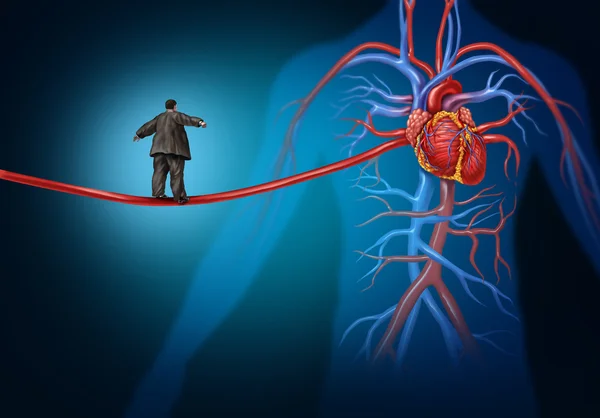
In the Reconciliation column of the Catholic Times a research fellow of the Catholic Northeast Asia Peace Institute gives the readers something to think about.
Looking back on his own life history, there are times when he felt unique. And even though it was a short time, there are also useful aspects in looking at today's various phenomena and meditating on things experienced.
His first job was as a certified labor attorney dealing with labor relations and labor management. While working on the project, he began to worry that if economic cooperation between the two Koreas was revitalized, there would be labor-management issues different from those in the past.
In other words, labor-management relations in Korea occur between Korean companies and workers, but problems of a different type occur between Korean companies and North Korean workers where inter-Korean economic cooperation takes place. Conflicts may arise as a result, so they go to the Kaesong Industrial Complex to gain experience.
However, while dealing with labor-management issues between the two Koreas at the Kaesong Industrial Complex, he realized that his knowledge of North Korea was lacking and began his studies on the situation and it has continued to the present,
Looking at recent inter-Korean relations, he is concerned that it may be returning to the period of sharp confrontation before the April 27, 2018 summit agreement. In particular, if we return to the situation before September 19, 2018, inter-Korean military agreement, which was agreed upon with great difficulty, we are concerned that military clashes will recur and tensions on the Korean Peninsula will rise rapidly.
So why is this happening? While looking at inter-Korean relations, he remembers the 'death certificates' he came across working as a public labor attorney. The cause of death is classified as an antecedent cause, intermediate cause, and direct cause of death on the death certificate. For example: if a patient suffering from hypertension develops a cerebral hemorrhage and dies of cardiac arrest, hypertension is an antecedent cause, cerebral hemorrhage is the intermediate cause, and cardiac arrest is the direct cause. Although the person died of cardiac arrest, the fundamental problem is to start with high blood pressure. However, if you try to look only at the direct cause of cardiac arrest without looking at the antecedent cause, it becomes difficult to solve the problem.
He thinks the perspective on today's inter-Korean relations is also similar. Perhaps we are ignoring the antecedent cause and are only interested in the visible direct cause. It is a situation where they are only shouting: “Why did your heart stop?”
To actually solve the problem, we need to look at the antecedent cause. It seems that the power of discernment is needed to calmly examine what the preceding cause was and whether there are ways to resolve it.